#i rewrite the narrative. and u are powerless to stop me.
Explore tagged Tumblr posts
Text
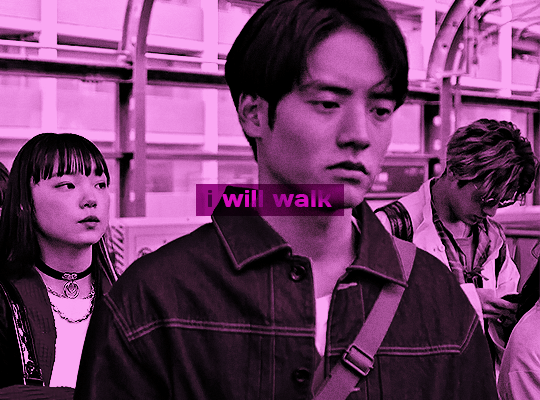
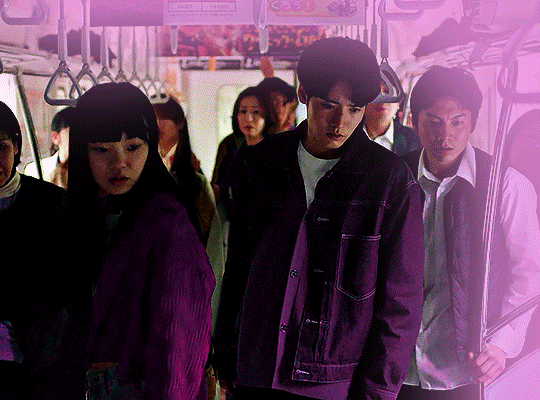
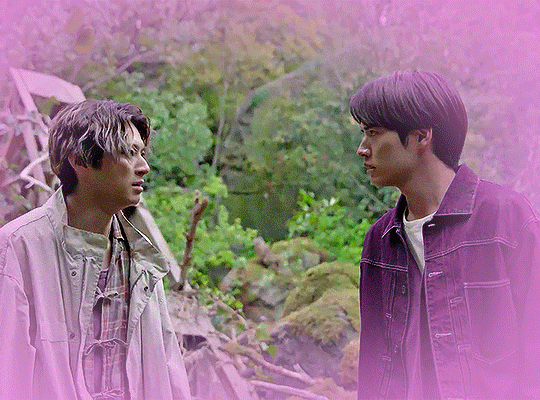
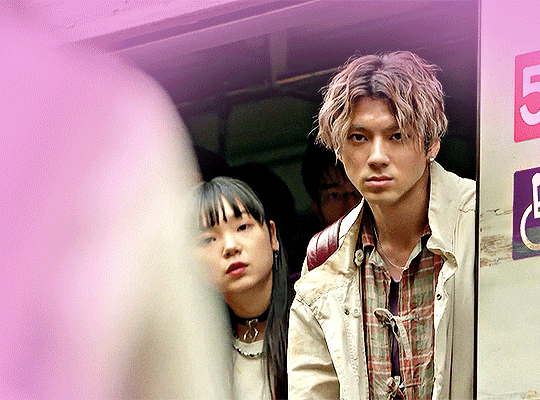
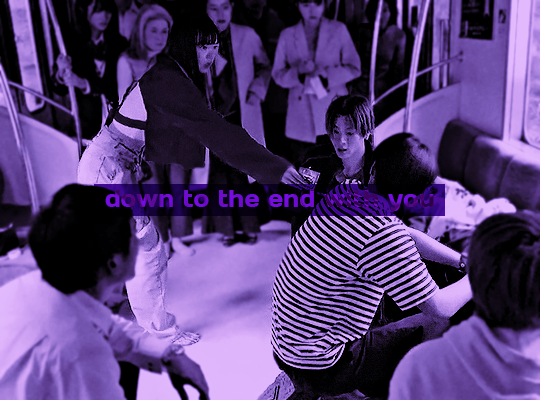

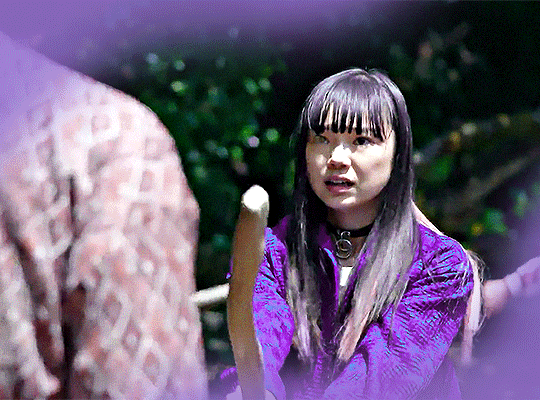

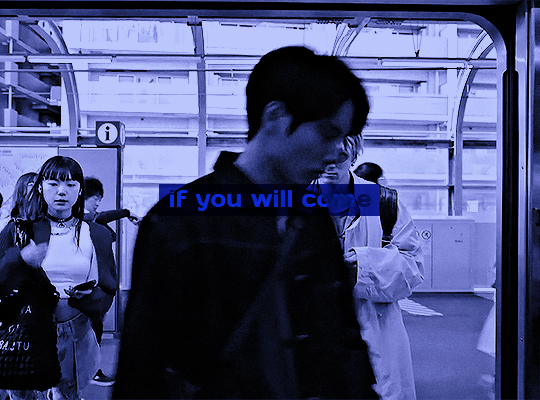



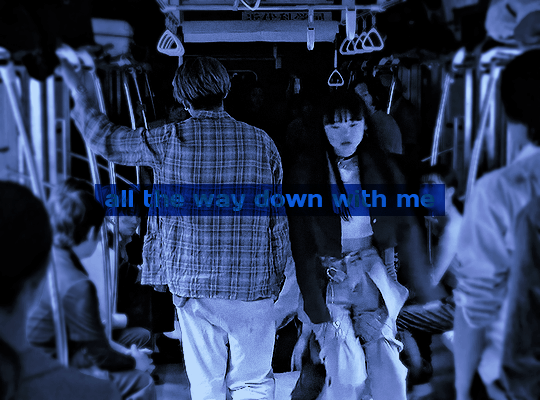
our love has never had a leg to stand on. PENDING TRAIN, 2023
#pending train#pending train: 8:23 ashita kimi to#kotone furukawa#akaso eiji#yuki yamada#furukawa kotone#eiji akaso#yamada yuki#jdrama#jdramaedit#jdramasource#pendingtrainedit#gifs.#in my 'gaslighting people into thinking the show is about Them' hours#i rewrite the narrative. and u are powerless to stop me.#the fact that i even had enough material to make this is kind of amazing tho tbh
63 notes
·
View notes
Text
Reflection #2
In my past three blogs, I talked about how I could use the things we've read to improve my writing. From Persepolis, I learned a lot about how images in graphic novels are similar to the imagery created in poetry. Through reading the bloody chamber and watching Anita Sarkeesian's video I learned about the subversion of sexist tropes. In the last section, I learned a lot about how I can improve my own poetry by reading the poetry of others. For this reflection, I'm going to summarize my blog posts from the other sections and then discuss how our readings from this unit can all tie into a fractured fairytale.
In my first blog post of this cycle, I covered Persepolis and explained how I took inspiration from the way Satrapi was able to express emotions through her use of some abstract images. Specifically, I was interested in how I could do the same with my poetry. An interesting thing that I didn't discuss in my blog post was how Satrapi was always an active participant in her own narrative. In the three panels, I discussed Satrapi is present, she isn't just a bystander in her own life. She's even present in the panel that depicted the war. She wouldn't have actually been on the battlefield, but the planet included her walking down the stairs and into the basement to show that she was still apart of the story. This connects with the idea of a fractured fairytale because Satrapi is active in her story, she is never portrayed as an object that is acted upon like women are in the damsel and distress trope.
For my second blog, I touched on the areas of a fractured fairytale and a damsel in distress much more directly. Angela Carter subverted classic fairytale tropes in her story, "The Bloody Chamber", and Sarkeesian discusses the damsel in distress trope in relation to women in video games. I discussed how these pieces of work reminded me to be careful of certain tropes because even though they are classic tropes, that doesn't mean they should be reused without thinking about them critically and realizing their effect. In "The Bloody Chamber", the fairytale is fractured because there is not a classic happily ever after and the heroine is rescued by her mom, not her love interest. In Sarkeesian's videos, she discusses why we should rethink using these tropes because they work to objectify women.
My last blog post was about the poetry section of the class. As stated in the first blog post of this cycle I'm a poet, so I was able to directly apply things we learned in class to improve my writing. In the blog post, I went through the list that we used to engage with poetry and instead implied the steps to the process of writing poetry instead of reading it. I also used the poems we read in class to demonstrate the steps I discussed. The poem "Aunt Jennifer's Tigers" in particular made me think of a fractured fairytale. Aunt Jennifer is married, so by fairytale standards, she should be in the happily ever after stage of her life. Instead, she is weighed down by her wedding ring. It is also interesting because at first glance she is powerless to stop what she is going through with her husband, so it seems like she is a damsel in distress. However, she isn't an object. She might not have a lot of power but the tigers that she sews do and therefore she still has fight left in her.
To conclude, many of the stories and poems we have discussed this semester play into certain aspects of a fractured fairytale. It is really interesting to be able to read and watch these different pieces in order to learn how to rewrite fairytales in a way that better represent women and other oppressed groups. This concept has been present in the class from the very beginning and we have seen evidence of fractured fairytale influences in The Hate U Give and Home Fire. However, this section of the class, in particular, has allowed me to be more focused on this aspect of literature because of the example from Carter and the detailed explanation by Sarkeesian. Overall, I now have the tools to better examine the tropes that are often used against women and I have gained a new perspective through the readings that I believe will have a positive effect on the way that I write.
0 notes